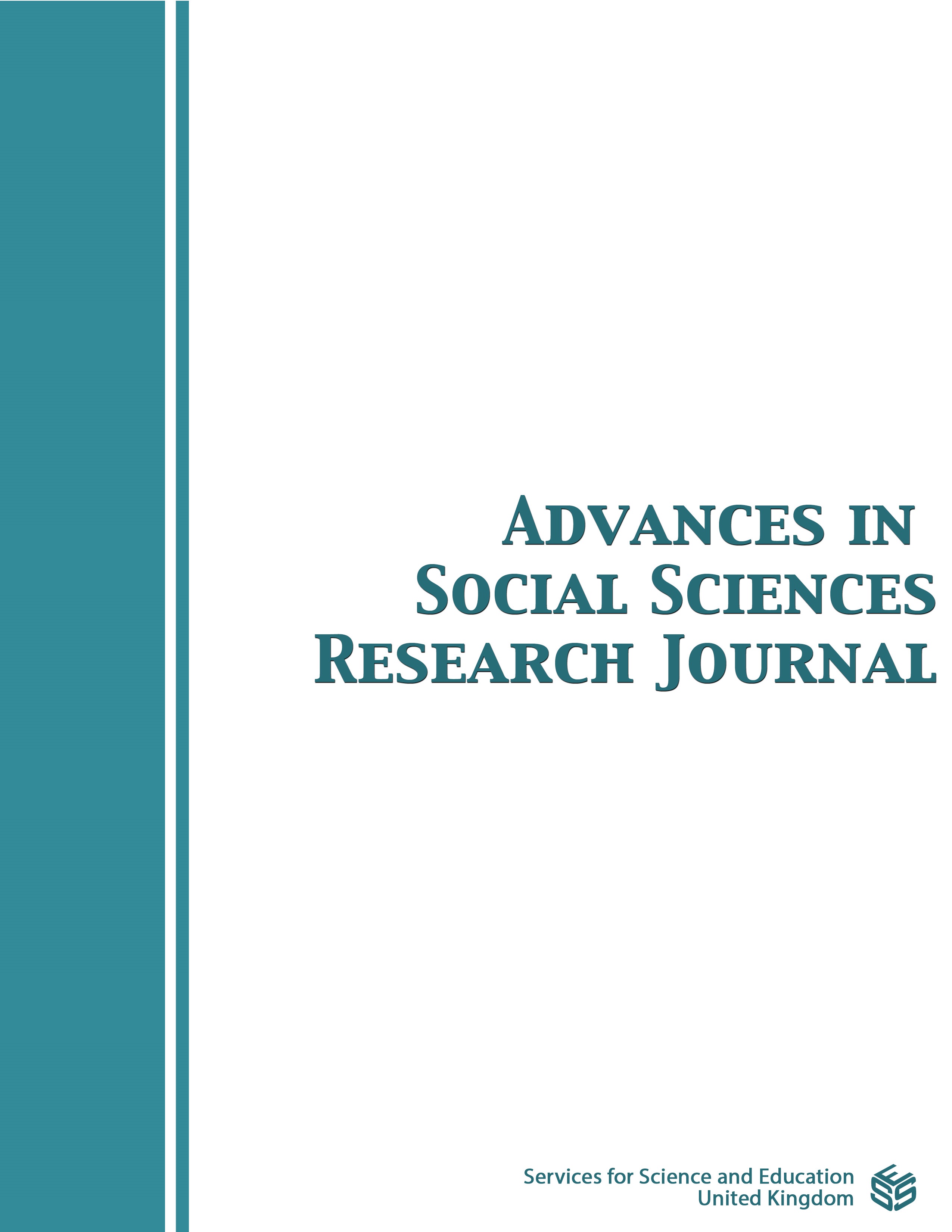Exploring Effective Paths for Artificial Intelligence to Empower Freshmen's Autonomous English Learning in an “Internet Plus” Environment
DOI:
https://doi.org/10.14738/assrj.119.17641Keywords:
Internet plus, freshmen, English autonomous learning, learning pathsAbstract
In the environment of "Internet plus", the combination of artificial intelligence technology and education has broken the time and space limitations of autonomous learning, subversively changed the way students learn, and brought more possibilities and challenges to both teachers' "teaching" and students' "learning". It brings more possibilities and challenges for both teachers' "teaching" and students' "learning". This study takes the freshmen non-English majors of Beijing Institute of Petrochemical Technology as the research object, based on the multiple intelligences theory and the constructivist learning theory, investigates the status and ability of freshmen's autonomous learning of English in the context of the era of "Internet plus", and explores the effects of the learning tools and learning environments supported by the new technology of artificial intelligence on students’ autonomous learning ability and learning effect. It explores the impact of learning tools and learning environment supported by the new technology of artificial intelligence on students’ autonomous learning ability and learning effect, so as to further explore the effective path to improve students' English autonomous learning ability. It provides empirical data support and suggestions for autonomous learning research and university English teaching, and facilitates teachers to make scientific adjustments in the selection of teaching content, monitoring of teaching platforms, design of teaching activities, and application of teaching methods to promote the improvement of students' autonomous learning ability, and at the same time, it also helps students to identify their problems in autonomous learning, find effective paths to solve the problems, and improve their learning efficiency.
Downloads
Published
How to Cite
Issue
Section
License
Copyright (c) 2024 Chen Shengnan, Hu Jiansheng, Ding Lei, Sun Shuanghui, Wang Chao

This work is licensed under a Creative Commons Attribution 4.0 International License.
Authors wishing to include figures, tables, or text passages that have already been published elsewhere are required to obtain permission from the copyright owner(s) for both the print and online format and to include evidence that such permission has been granted when submitting their papers. Any material received without such evidence will be assumed to originate from the authors.






